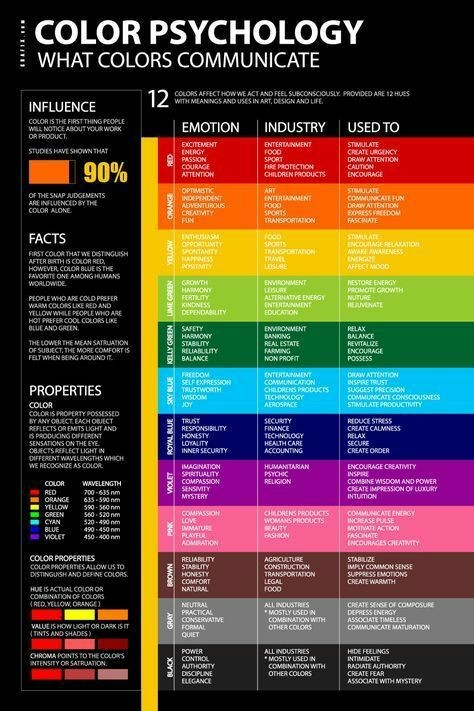
The red blood then mixes with blue blood resulting in a purple mix of blood (mix of oxygen poor and rich). Instead of returning to the left side of the heart and being pumped directly to the body, it returns to the right side of the heart first.

In transposition of the great arteries, blue blood returns normally to the right side of the heart however, it is pumped back to the body via the aorta. Transposition of the great arteries (TGA): Cyanosis occurs because the aorta (the big blood vessel that carries red blood to the body) and pulmonary artery (big blood vessel that carries blue blood to the lungs) are coming from the wrong ventricles.This can result from a variety of reasons and is specific to the type of congenital heart defect. Not having cyanosis may be reassuring, but it does not exclude the possibility of a heart defect.Ĭyanosis in congenital heart defects results when blue blood (oxygen poor) does not reach the lungs to make red blood, or when red blood (oxygen rich) is mixed with blue blood before it returns to the body. Not all heart or lung disease is linked with cyanosis. Does all congenital heart disease cause cyanosis in children? The term cyanotic heart disease refers to a group of congenital (present at birth) heart defects that cause cyanosis in infants and children. The blue blood then returns to the right side of the heart and back to the lungs to receive oxygen and become red again. As blood circulates through the body, organs take oxygen away and make it turn blue.

The red blood (oxygen rich) then goes to the left side of the heart and is pumped to the body. Typically, blue blood (oxygen poor) returns to the right side of the heart and is pumped to the lungs where it receives oxygen and turns red. Questions and Answers What is normal blood circulation? All of these abnormalities cause blue (oxygen poor) blood to get pumped to the body. Abnormalities in the blood can decrease its ability to absorb oxygen.
#Definition tinge skin
Red blood flowing through the tiny vessels in the skin produces a healthy red-pink color. Red blood is oxygen rich, but blood with decreased oxygen turns blue or purple. Causes of CyanosisCentral cyanosis occurs because blood changes color based on the presence (or absence) of oxygen. It could be due to a problem of the heart, lungs or blood. Central cyanosis is never normal in the newborn period, and is almost always linked to a lower amount of oxygen in the blood.

“Central cyanosis” refers to cyanosis found on “central” parts of the body, including the mouth, head and torso. Children may have acrocyanosis when they are cold (such as swimming in cold water) but it should resolve once they are warmed up. Acrocyanosis is often normal in babies, as long as no cyanosis is present in the central part of the body. It can also be seen on the skin around the lips. “Acrocyanosis” refers to cyanosis found in the extremities, particularly the palms of the hands and the soles of the feet.


 0 kommentar(er)
0 kommentar(er)
